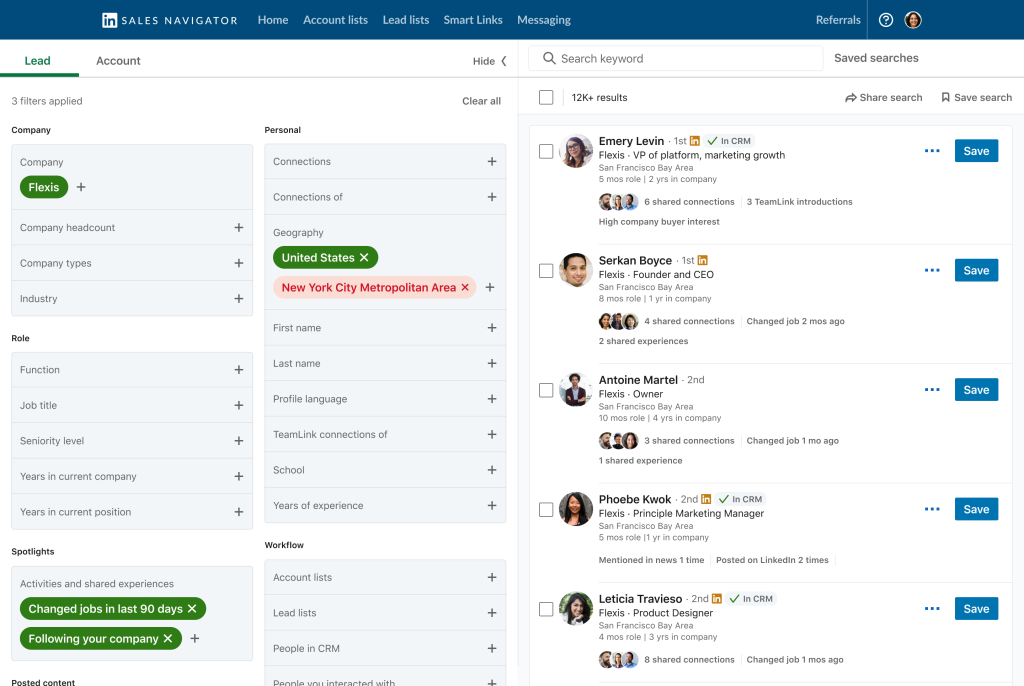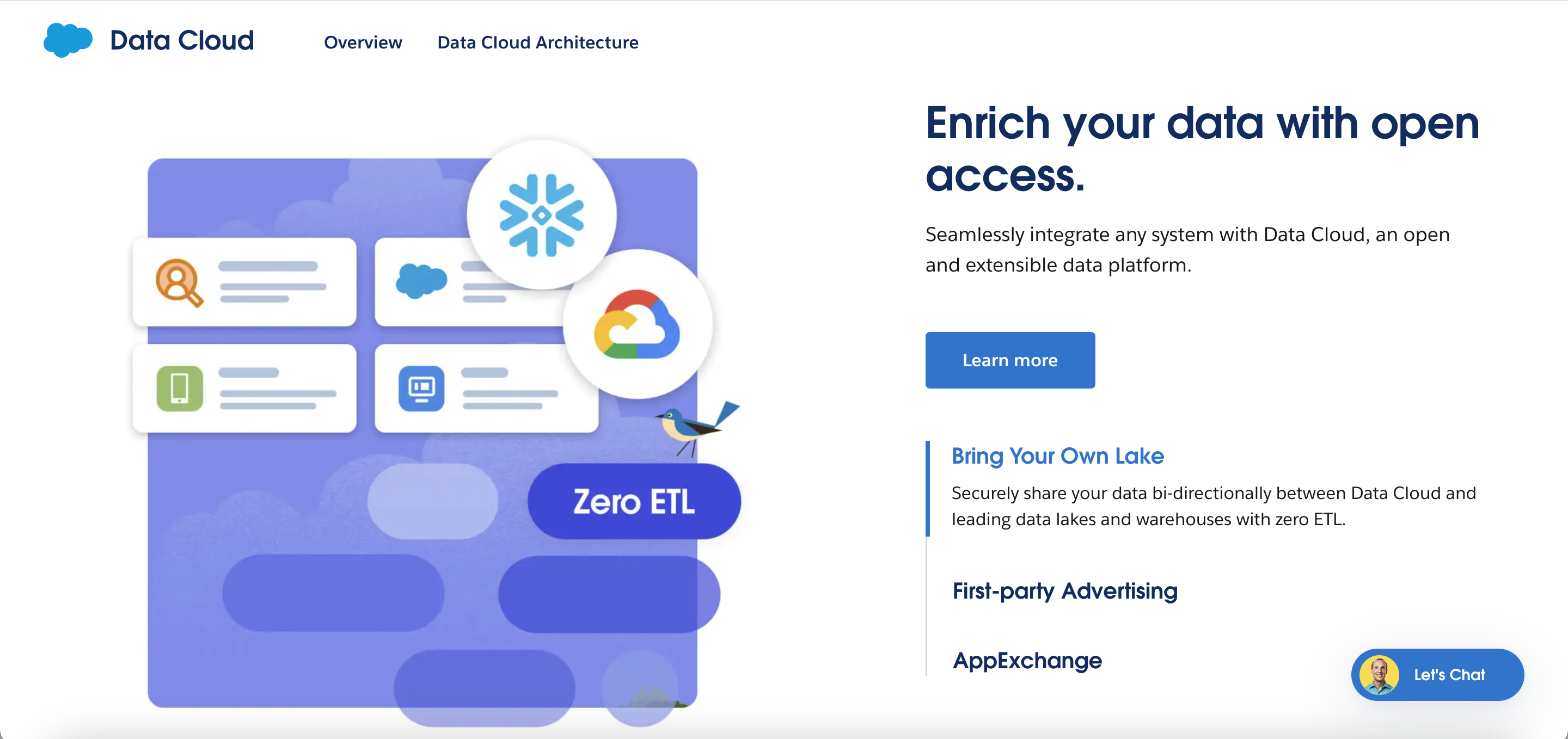Amplify has been acquired by Monda!
Check out the press release.
In the world of data-driven innovation, we’ve found two terms often used interchangeably: "Data Product" and "Data as a Product." Though they sound similar, there are some key distinctions between them. In this blog post, we explore the continuum of Data Products: applications, interfaces, and Data as the Product.
Data as a Product vs. Data Products is the wrong question. Similar to how a square is a rectangle, ‘Data as a Product’ is a type of Data Product - After all, as we outlined in this blog post, a Data Product is something that contains the following attributes:
Given this definition, Data Products can span the range from full-blown applications to data interfaces to the data itself.
The most mainstream interpretation of Data Products are applications that are built on top of an underlying data set. Such applications harness statistical, AI/ML, or other computational techniques to yield value, manifesting as actionable insights, predictions, or recommendations.
Common examples: Netflix uses its viewership data to make recommendations to users about what to watch next. Stripe uses its vast transaction network to detect fraudulent payments in real-time. More recently, a slew of AI companies have raced to build AI Data Products on top of vast training data sets.
In all these instances, data products are full-fledged applications built on top of proprietary data assets, tailored for a specific audience, and delivered in the most suitable formats. Such Data Products have revolutionized the market, overshadowing static competitors. However, their creation necessitates vast data quantities and coordinated efforts from product managers, engineers, and marketers.
Another category of Data Products exists purely as an interface for the underlying dataset. The value of these products lies in presenting vast amounts of raw data in an easily digestible format.
Common examples: Linkedin Sales Navigator presents an intuitive way to search and manage prospects, tapping into LinkedIn’s professional data. Hubspot offers an analytics module for users to create reports and dashboards from their CRM data. A data team publishes a “certified” customer dashboard for executive leadership to review.

These Data Products can operate independently or be incorporated into larger applications, offering tailor-made formats to render data queries pertinent for their audience. They present specialized filtering and analytical tools, allowing users to define their value metrics. From an effort standpoint, the primary effort goes into making the underlying data usable, the interface itself can usually be built by smaller product/analytics teams or plugged in via white-labeled solutions.
The most versatile instantiation of Data Products is where the data itself is the source of value. Data as a Product describes data that is high quality, proprietary, or structured for easy consumption.
Common examples: Zoominfo licenses company and people data to businesses for them to use as needed. Salesforce recently unveiled a partnership with Snowflake for consumers to consume CRM data directly in their data warehouse.

Data as a Product is commonly used in data monetization businesses or as embedded elements within SaaS applications. For SaaS companies, sometimes data interfaces are not sufficient and the consumer just wants the underlying data. It’s important to note that this is not the same as just copying data from a source table to a CSV file you FTP to the customer. Since the data is the central offering, providers must ensure its delivery in a consumer-preferred structure and format. Contextual elements like metadata, schema definitions, or other supporting documents are essential to help consumers utilize the data effectively. Given the surging demand for external data, we expect this Data Product category to grow significantly.
Determining where your use-case aligns in the Data Product Continuum can be challenging and largely hinges on your target audience. However, when implemented correctly, Data Products can drive revenue, enhance customer loyalty, and streamline operations - in fact, McKinsey notes that the “total cost of ownership, including technology, development, and maintenance costs, can decline by 30%."
Platforms like Amplify can assist in this journey. Book a call with us to discover how various enterprises are productizing their data and how you can define your data product strategy.

